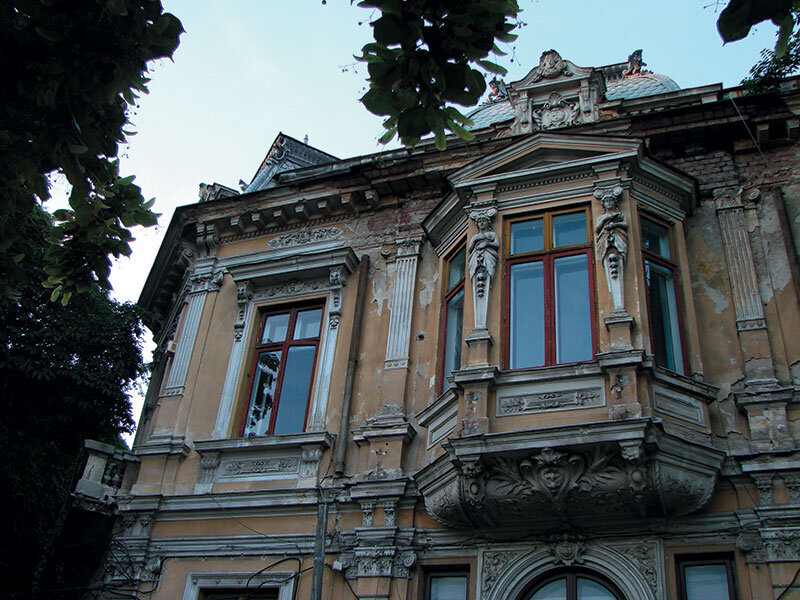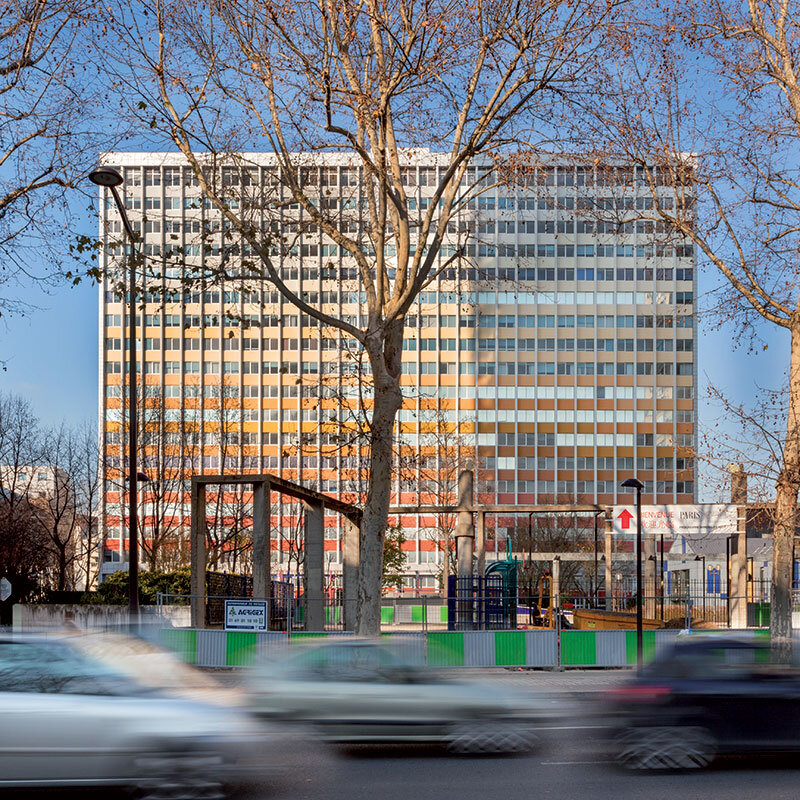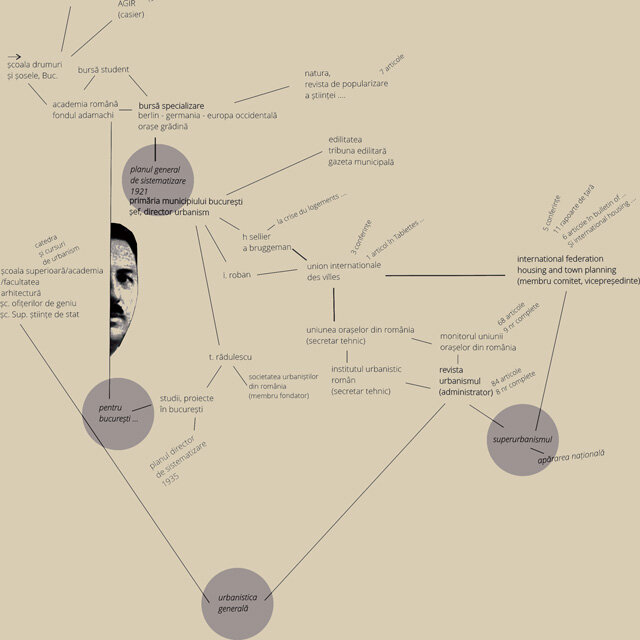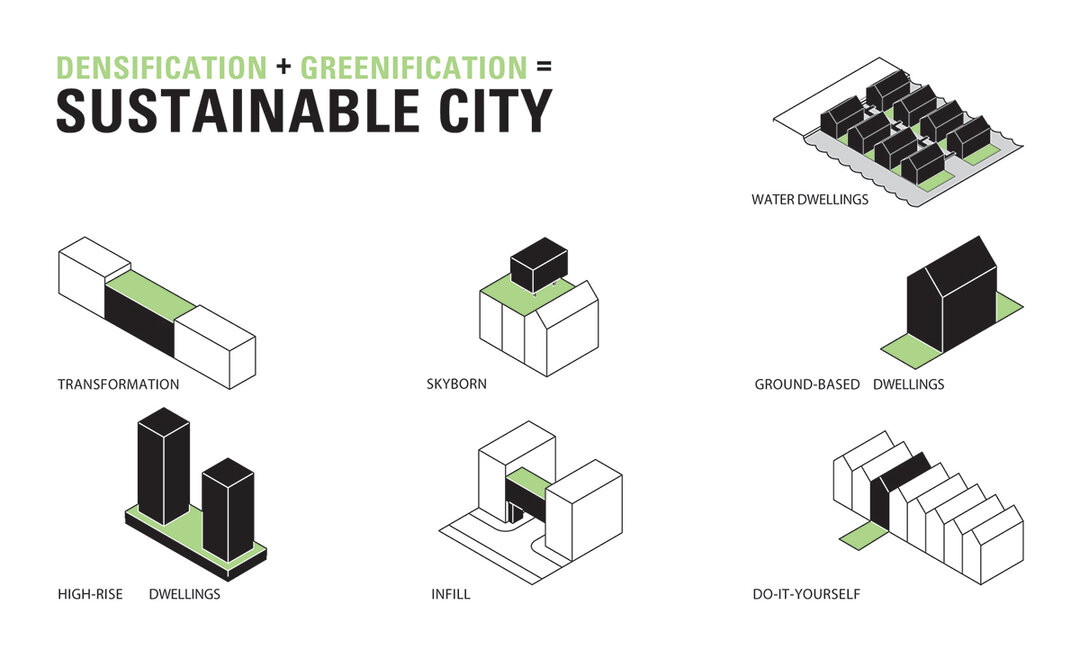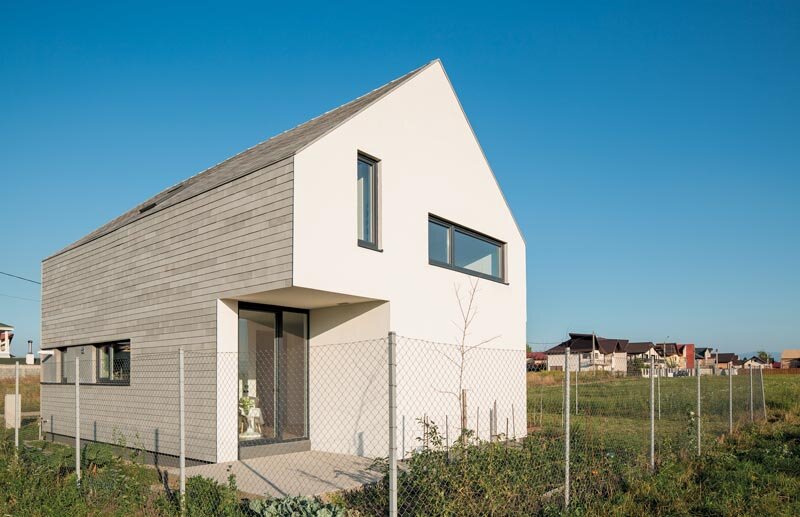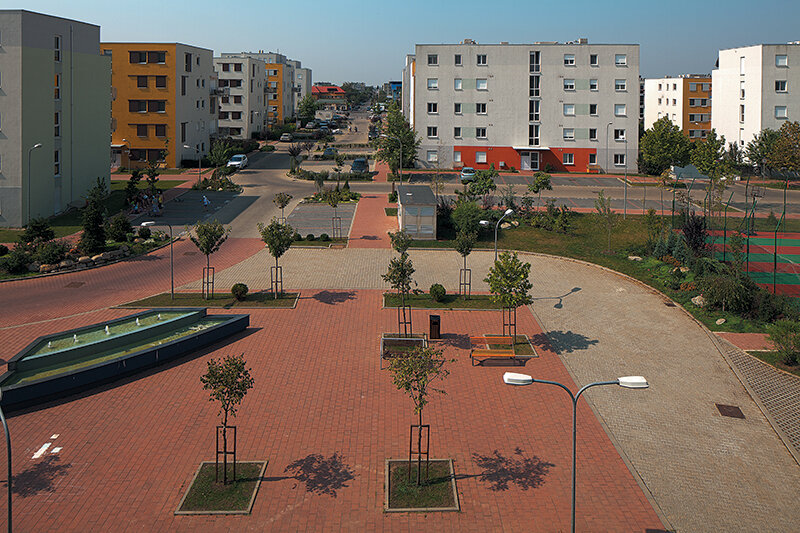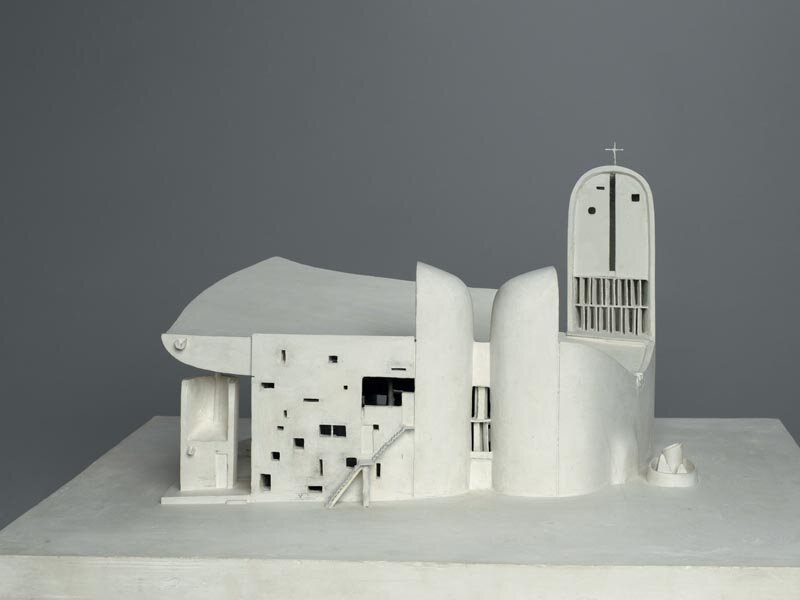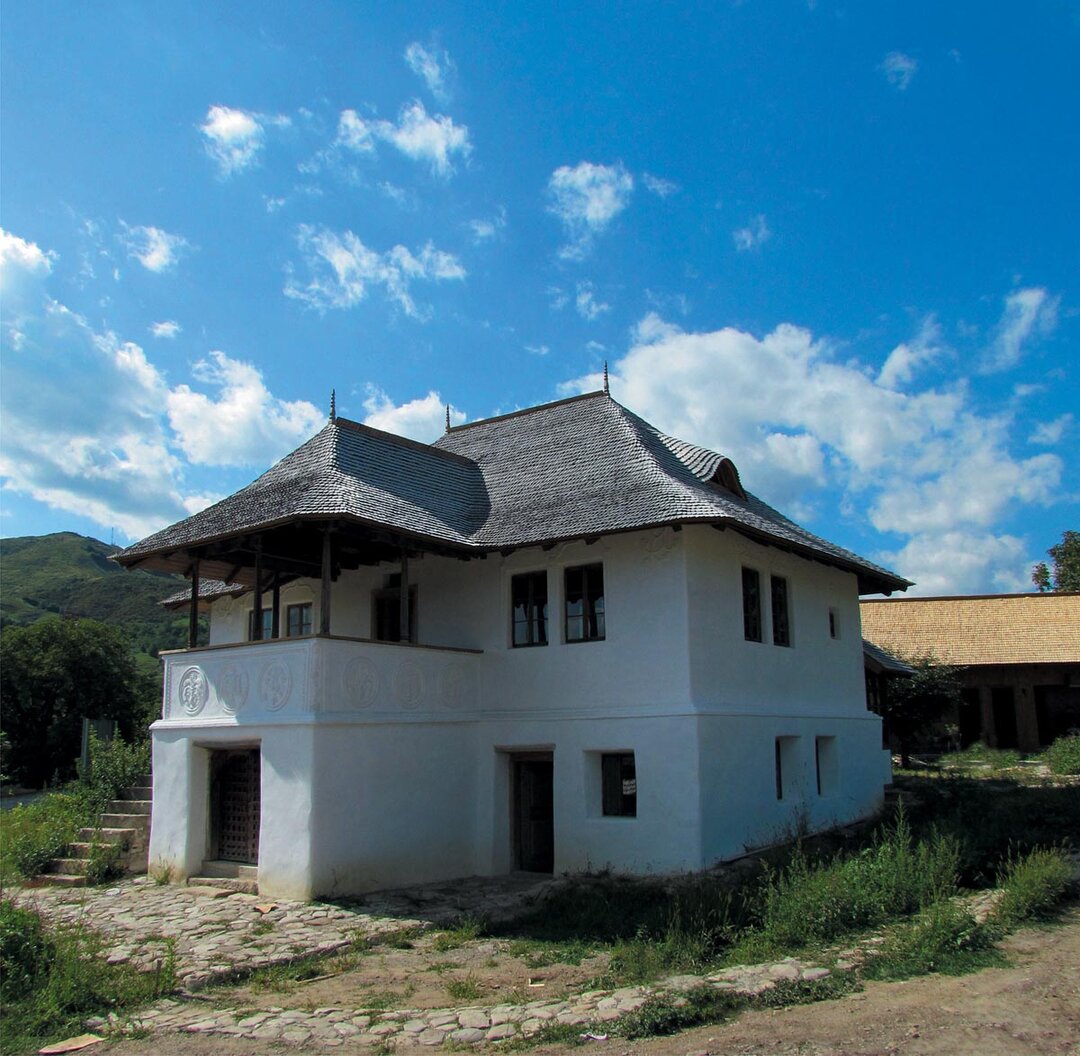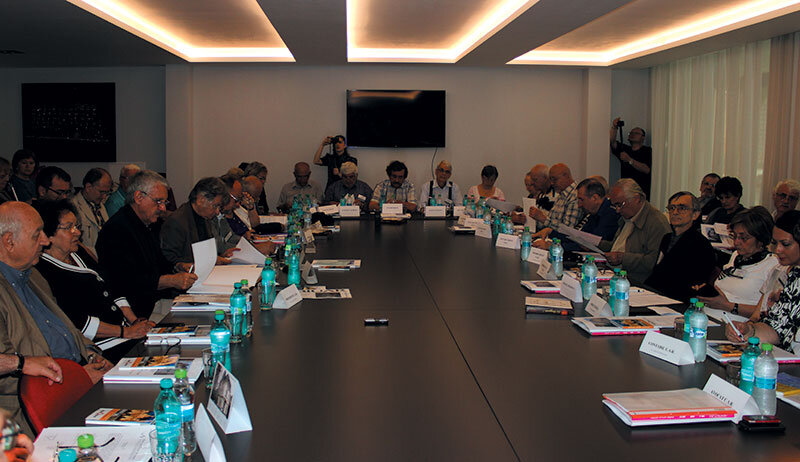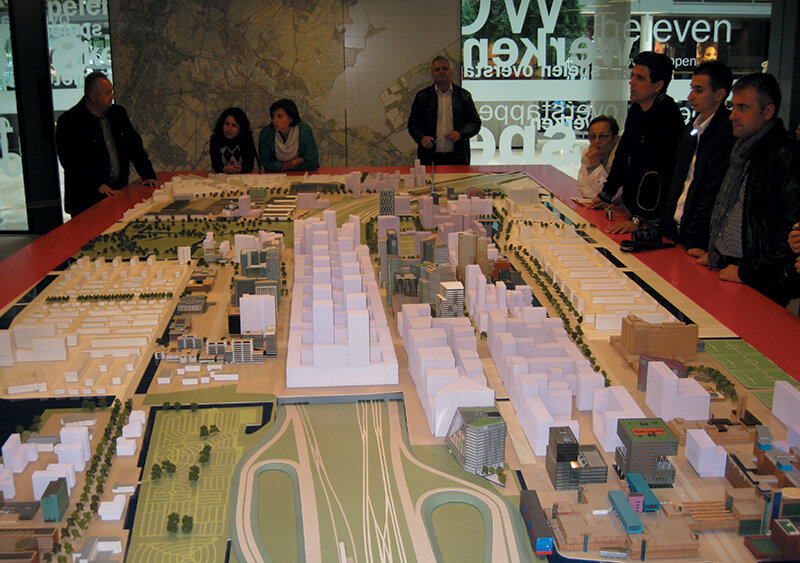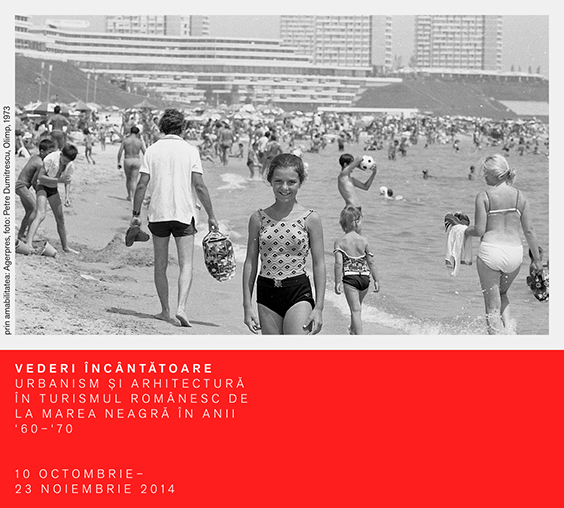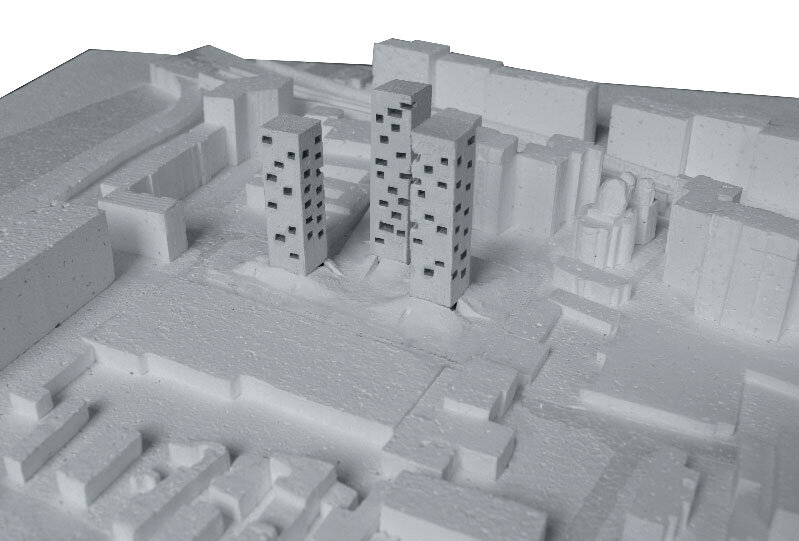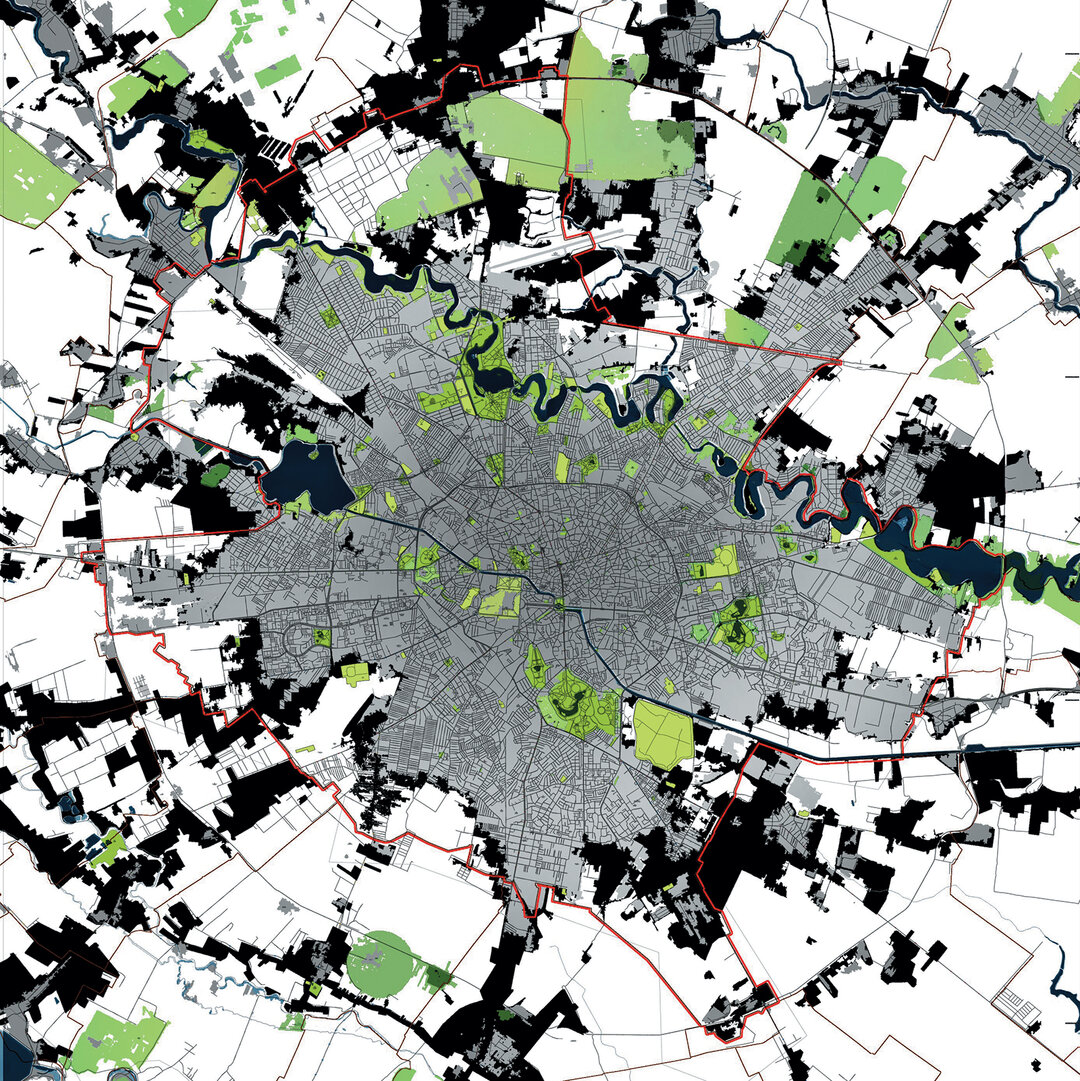
Housing Units in Europe – comparative data
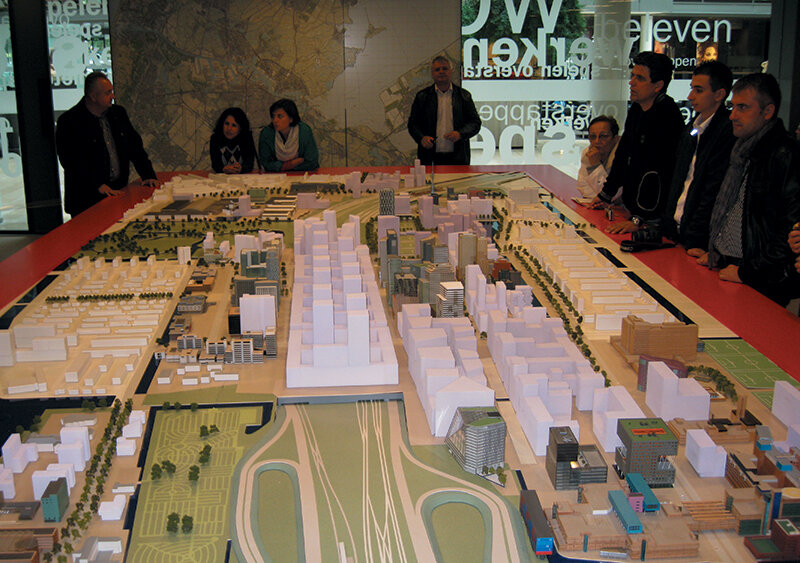
Relevance
By 2030, 40% of the world's population will need housing, infrastructure and basic services. The growing need for housing is coupled with rapid urbanization and the development of run-down suburbs, posing a challenge to political stability, social cohesion and environmental sustainability in cities. The housing situation varies across the European Union in quantitative terms, with housing conditions improving considerably over the last decade.
Source: 2010, A Practical Guide for Conducting Housing Profiles, UN-Habitat
The average ratio of dwellings per thousand inhabitants is a fairly accurate indicator of housing stock, which varies widely, with Finland and France having the highest number of units (over 500 per thousand inhabitants), followed closely by Greece, Sweden and Portugal. The 2011 NSI census data for Romania gives an indicator of 438.74 units per thousand inhabitants.
Countries in transition, less developed economically and socially, have an indicator comparable to Western Europe. The lowest indicator values are recorded in Albania (254 units per thousand inhabitants), Poland (314 units per thousand inhabitants) and Slovakia (318 units per thousand inhabitants).
The housing shortage found in most countries in the region is associated with housing type, location or quality, rather than with an acute shortage in general.
For Central and Eastern Europe, housing shortages have become less relevant to market realities.
Privately-owned housing has steadily increased in most countries, especially those in transition. In most countries of Central and Eastern Europe and the countries of the former Soviet Union, private home ownership exceeds more than 90%, well above the Western European average of 65%.
In countries such as France and Germany (but also Canada and the USA) a substantial housing stock suitable for renting facilitates labor mobility. Ownership is even more varied in countries such as Finland, Sweden, Austria and Denmark due to a legislative structure that allows for a wide range of possibilities, i.e. rental and private ownership. In contrast, in some of the Western European countries (Spain, Italy or Greece) renting options are low.
The homeless population in Europe is estimated at around 600,000 people, with more than 60,000 people sleeping rough and more than 400,000 people in shelters.
In central and eastern Europe, despite housing shortage myths, the surplus ranges from 786,000 units in Romania to 58,000 in Albania. As a proportion, in most countries in South-Eastern Europe the indicator varies around 13%, with Albania (7%) and Montenegro (24%) representing a minimum and a maximum.


